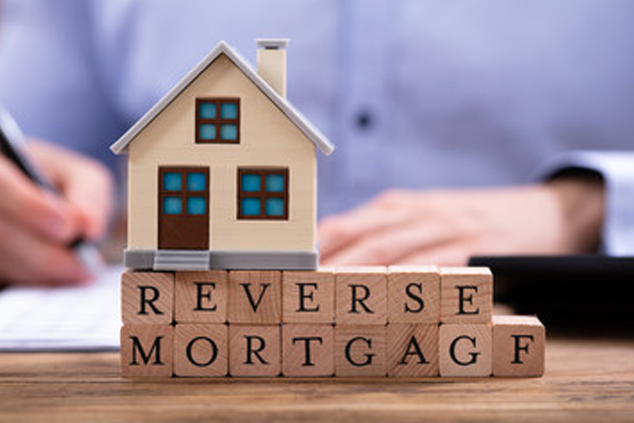How Does A Reverse Mortgage Work?
Many older adults use reverse mortgages to manage house payments or to tap into their home equity without having to sell their home. The loan is called a “reverse mortgage” because over time the mortgage balance increases, rather than decreases like a traditional mortgage. A reverse mortgage can be structured in a variety of ways depending on the lender and the program you choose. For instance, after paying off any existing mortgage and other liens on your home, the rest of the reverse mortgage can be paid in several ways including:
- One large lump sum payment,
- A fixed monthly payment paid to you for a set time period, or
- As a line of credit to be drawn at your convenience.
All of these options draw on the equity in your home. You will qualify if you are at least 62 years old and meet certain income, credit, and equity guidelines. No payment is due on a reverse mortgage until the borrower dies or moves out of the home, at which time the full loan balance becomes due. The homeowner must still pay the property taxes, insurance and necessary repairs.
What Happens to a Reverse Mortgage in Bankruptcy?
The merits of reverse mortgages will not be discussed here. The issue addressed is simply, “can someone who has a reverse mortgage file for bankruptcy?” The general answer is: yes, you can. There are, however, several issues that must be addressed.
1. Protecting the equity in your home
It is important to make sure that the equity in your home is protected if you file for bankruptcy. You must get a market analysis or an appraisal to determine the value of your home. An experienced bankruptcy attorney can help determine whether your equity is protected.
2. Is Your Equity Withdrawal Safe?
If you took your equity in a lump sum and still have money in a bank account, that money is at risk if it exceeds the
bankruptcy exemption.
3. Will You Receive Reverse Mortgage Payments During the Bankruptcy?
Many lenders will stop making payments or will block your access to a line of credit when you file for bankruptcy. If you rely upon these payments to live, filing for bankruptcy might not be the right choice for you.
Meet with an Experienced Bankruptcy Attorney
If you are interested in filing for bankruptcy and have a reverse mortgage or are thinking about getting one, this would be a good time to speak with the experienced bankruptcy attorneys at Levitt & Slafkes, P.C., before making any decisions.
Shelley Slafkes and Bruce Levitt have already helped many clients who have reverse mortgages through the bankruptcy process, and we can help you, too. The initial consultation is offered at no cost and we are even available to meet with you on weekends and evenings. We are here to help! Call us at 973-323- 2953 or
contact us online to schedule a free consultation.
We are proudly designated as a debt relief agency by an Act of Congress. We have proudly assisted consumers in filing for Bankruptcy Relief for over 30 years. The information on this website and blogs is for general information purposes only. Nothing should be taken as legal advice for any individual case or situation.



